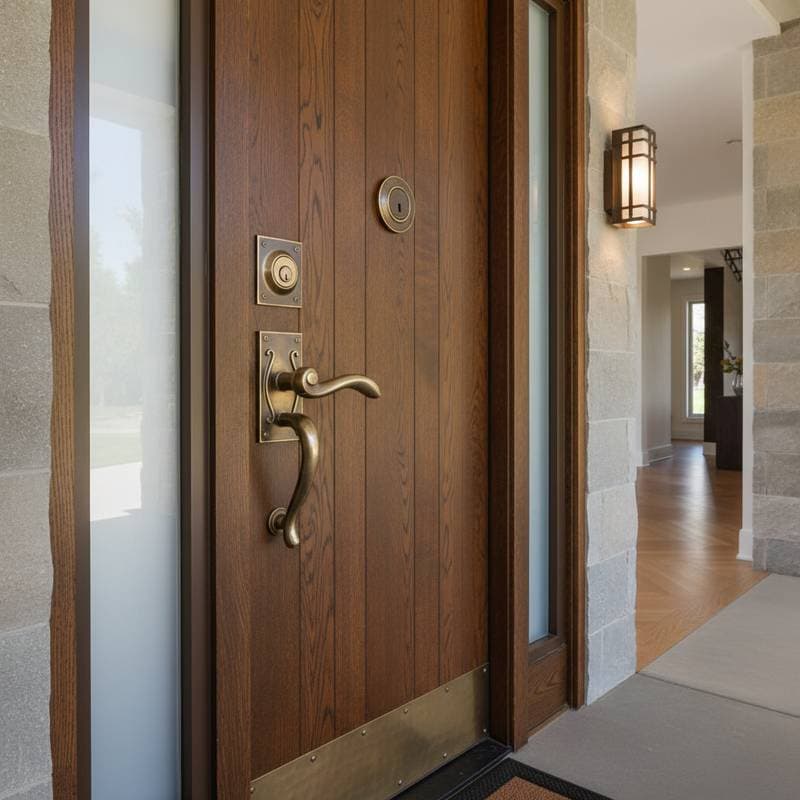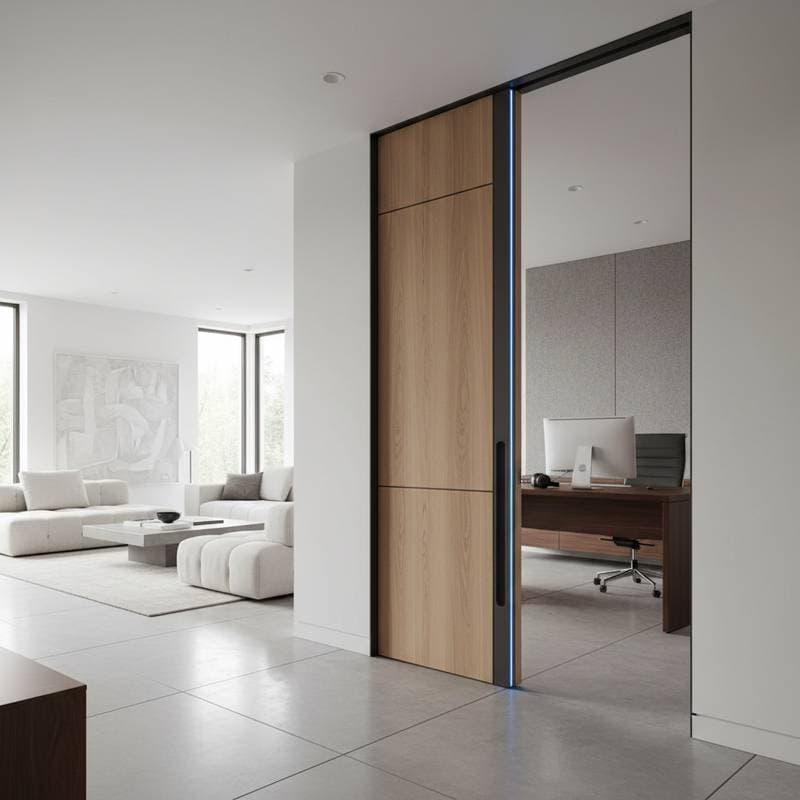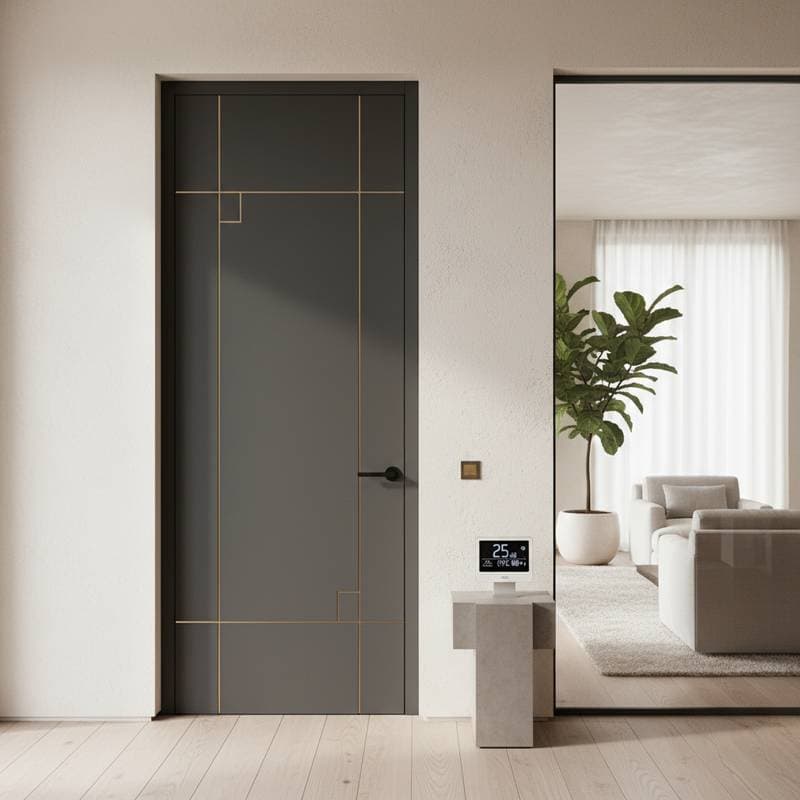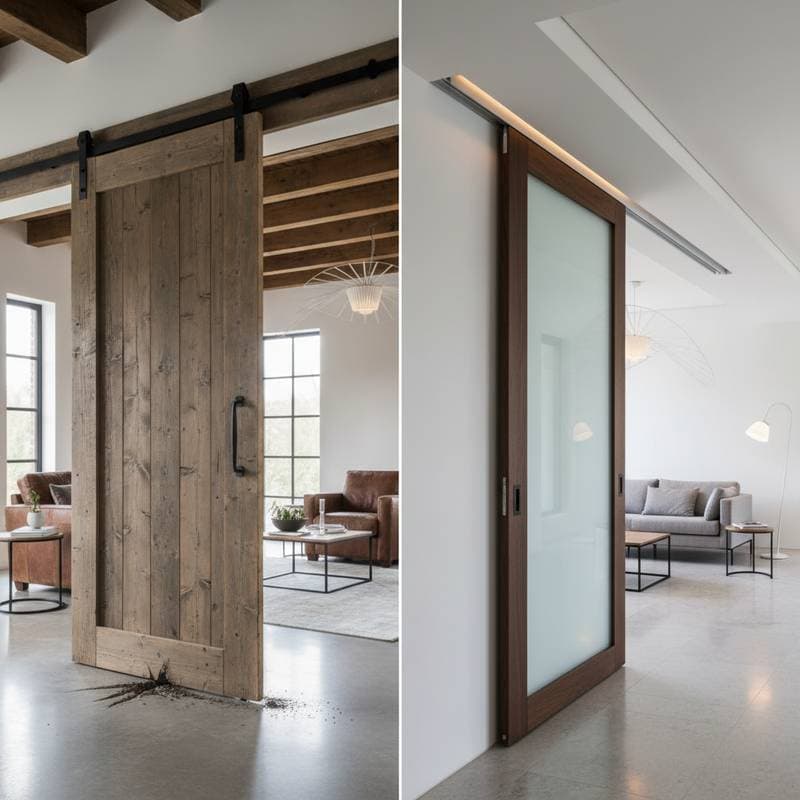Why Builders Are Switching from Wood to Fiberglass Doors in 2025
Builders in residential and commercial projects increasingly select fiberglass doors over traditional wood options for entryways and interior spaces. Wood offers timeless appeal through its natural grain and warmth, but contemporary demands emphasize reliability, efficiency, and reduced upkeep. Fiberglass doors address these needs effectively, combining advanced material properties with design innovations that rival wood's aesthetics. This transition marks a strategic response to evolving standards in construction, where performance and sustainability guide material decisions.
The Reasons Behind the Shift from Wood to Fiberglass
Wood doors represent generations of skilled craftsmanship, providing unique textures and organic variations. However, they require ongoing attention to prevent issues from moisture-induced swelling, temperature-related contraction, or the need for refinishing. Builders facing compressed timelines and budget constraints view these demands as significant hurdles.
Fiberglass doors offer a dependable solution by resisting environmental stresses that affect wood. They maintain dimensional stability, which minimizes installation adjustments and follow-up repairs. For professionals handling diverse sites, this reliability translates to streamlined workflows and enhanced project profitability.
Key Material Comparisons
A direct examination of wood and fiberglass reveals distinct advantages in performance metrics. The following table highlights essential differences to guide selection.
| Material | Initial Cost | Expected Lifespan | Maintenance Needs | Ideal Applications |
|---|---|---|---|---|
| Wood | Moderate to High | 20 to 40 years | Frequent sealing, painting | Premium residences prioritizing natural look |
| Fiberglass | Moderate | 30 to 50 years | Basic cleaning only | Durable homes in variable climates |
Wood achieves longevity through diligent care, but fiberglass endures broader conditions with less intervention. Builders value this resilience, particularly in areas prone to humidity fluctuations or extreme temperatures.
Achieving Aesthetic Versatility
Early fiberglass doors faced criticism for lacking wood's authentic appearance. Current manufacturing techniques overcome this by embedding realistic wood-grain textures, rich color variations, and even subtle surface tactility to mimic species like oak or mahogany.
Designers now customize fiberglass with stainable overlays that integrate seamlessly into existing decor. Pre-finished options cut down on-site finishing time, ensuring uniform quality across installations. Builders benefit from this blend of visual elegance and operational ease, meeting client expectations without sacrificing efficiency.
Enhancing Energy Performance
Sustainability codes and energy benchmarks shape modern builds, where doors play a key role in thermal regulation. Fiberglass incorporates dense insulating cores and precision-engineered seals to minimize heat loss and air infiltration.
These features support compliance with efficiency standards while preserving architectural style. In contrast, wood doors may develop subtle gaps over time due to natural movement, potentially increasing energy use. Fiberglass sustains its form, delivering consistent comfort and lower utility bills for occupants.
Evaluating Long-Term Maintenance and Value
Assessing total ownership costs favors fiberglass in most scenarios. Upfront pricing aligns closely with wood, but savings accumulate through avoided refinishing cycles and repair visits.
For clients drawn to wood's authenticity, fiberglass models with genuine wood veneers bridge the gap. These hybrids retain natural surface qualities while shielding the core from wear. Builders recommend them for balancing appeal and practicality in high-traffic areas.
Adapting to Environmental Factors
Local weather influences material suitability profoundly. Coastal humidity can cause wood to warp or foster mold, while arid regions lead to cracking. Fiberglass withstands these challenges uniformly, providing builders with a versatile choice for varied geographies.
Sustainability extends to production: many fiberglass doors feature eco-friendly resins and foam that boost insulation without environmental harm. Their extended service life further reduces replacement frequency, aligning with green building principles.
Streamlining Installation Processes
Effective installation secures fiberglass doors' benefits. Start with precise frame leveling to avoid operational issues. Apply weatherstripping meticulously around edges for optimal sealing.
Pre-hung units simplify assembly, reducing variables like wood's on-site acclimation. Post-installation, test swing mechanics and perimeter contact to verify insulation integrity. These practices ensure doors perform as intended from day one, minimizing future interventions.
Selecting the Optimal Door Material
Project specifics dictate the best choice between wood and fiberglass. Traditionalists may opt for wood in controlled interior settings, where maintenance proves manageable.
Performance-oriented builders favor fiberglass for its warranty support and user satisfaction. Weigh these factors systematically:
- Budget allocation: Factor in recurring upkeep alongside initial outlay.
- Site conditions: Assess exposure to moisture, heat, or dryness.
- Design objectives: Align visuals with endurance requirements.
- Development scope: Prioritize uniformity for multi-unit efficiency.
Realizing Benefits Through Informed Decisions
Adopting fiberglass doors equips builders to deliver resilient, efficient structures that endure. Homeowners gain spaces that combine style with simplicity, free from constant care. As 2025 progresses, this material shift empowers professionals to exceed expectations in quality and innovation.






